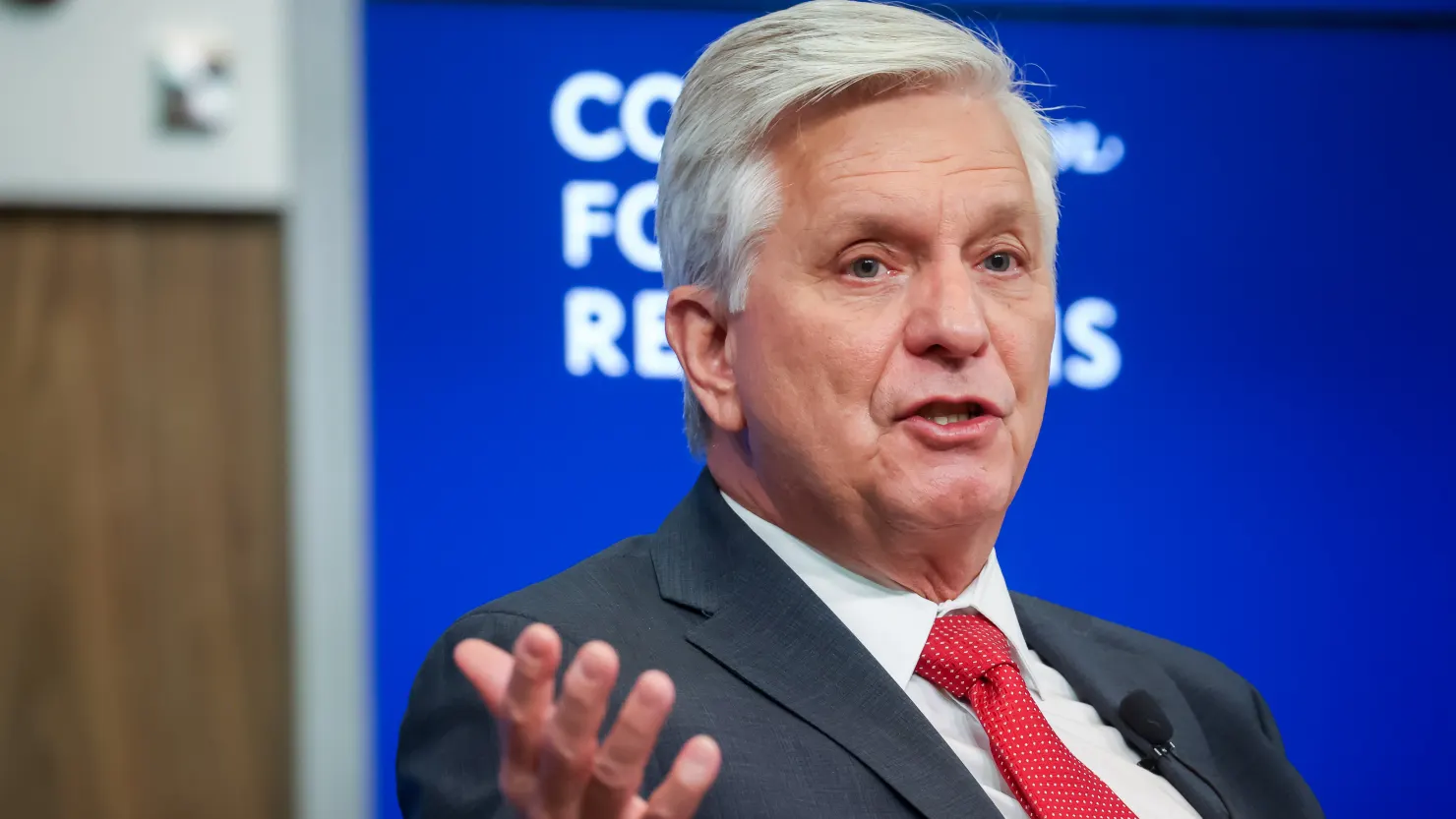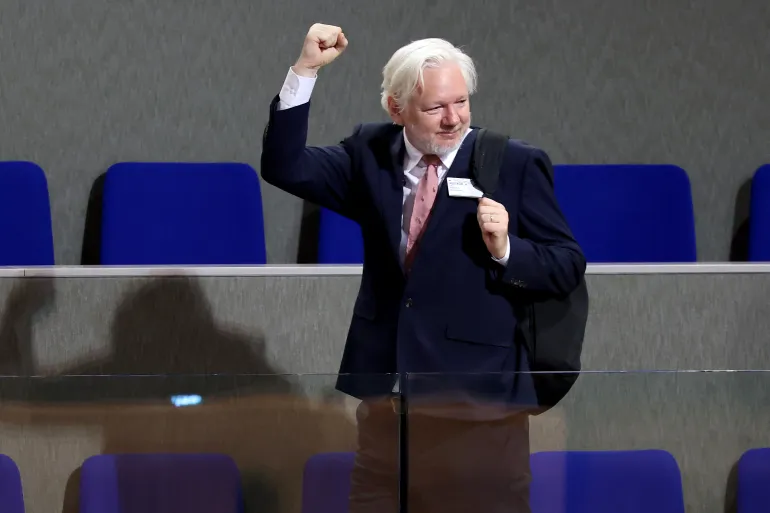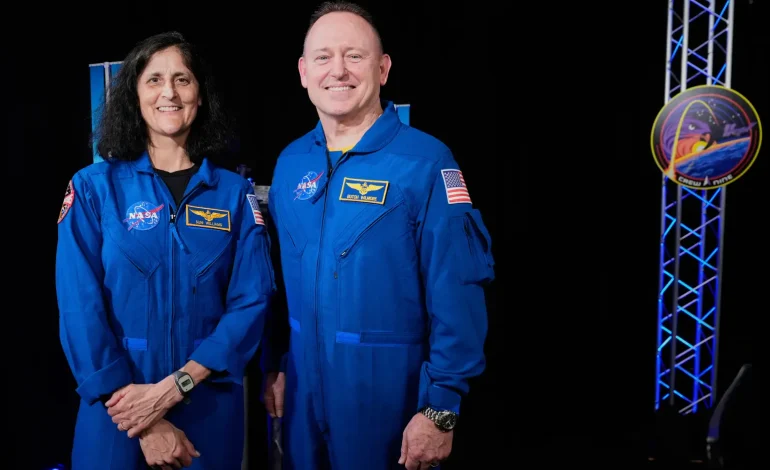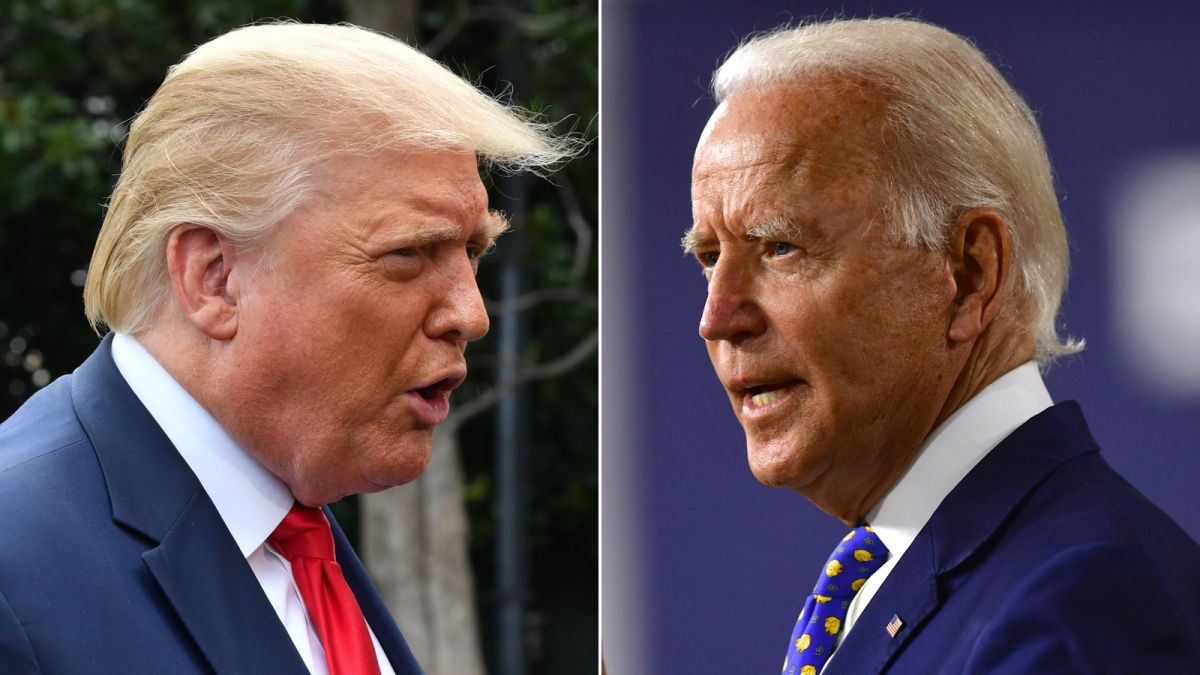NASA astronauts Suni Williams and Butch Wilmore recently revealed that the malfunctions they experienced aboard Boeing’s Starliner spacecraft were far more severe than initially reported, New York Post reports.
In a detailed recount of the tense moments during their mission, Wilmore described the harrowing experience of losing control of the capsule while attempting to dock at the International Space Station (ISS).
Wilmore provided a near-minute-by-minute account of his thoughts and actions when four thrusters on the Starliner failed. The failure left him and Williams in a precarious situation, with no control over the spacecraft, floating in space while awaiting assistance from NASA’s mission control. At one point, Wilmore questioned whether they could even make it back to Earth.
“I don’t know that we can come back to Earth at that point,” Wilmore, 62, recalled in an interview.
The malfunction occurred as the Starliner approached the ISS. Typically, any spacecraft encountering such issues would be required to abort the docking and return to Earth. However, NASA made the decision to waive this rule, allowing Wilmore and Williams to continue their attempt to dock despite the malfunction.
As the situation worsened, panic began to set in. Wilmore and Williams struggled to regain control, with Wilmore visualizing the mechanics of orbital movement and weighing the risk of further failures.
“The space station is nose down. So we’re not exactly level with the station, but below it. If you’re below the station, you’re moving faster,” Wilmore explained. “I don’t know what control I have. What if I lose another thruster? What if we lose comm? What am I going to do?”
In the months leading up to the mission, Wilmore had expressed concerns about the thrusters, which are essential for docking, after a previous uncrewed test flight had experienced similar issues. Despite these concerns, the mission continued.
Eventually, NASA’s mission control instructed Wilmore to relinquish all control of the capsule so that they could remotely reset the thrusters. Although the directive was not easy for Wilmore to accept, it allowed NASA to restore two of the thrusters, enabling the spacecraft to dock safely at the ISS.
After the docking was successful, Williams, 59, shared a sense of relief.
“One, of course, just because I love being in space and am happy to be on the space station and with great friends up there. Two, just really happy that Starliner docked to the space station,” she said.
However, Wilmore remained cautious, knowing that their challenges were far from over.
“I was thinking, we might not come home in the spacecraft. We might not,” Wilmore admitted.
Williams and Wilmore returned to Earth on March 18 after a record-breaking 286 days in space—nearly 278 days longer than originally planned. What was meant to be an eight-day test flight turned into an unanticipated nine-month stay in space, due to the Starliner’s mechanical problems. Their extended mission has garnered widespread attention, making them two of the most well-known astronauts in recent memory.










The latest news in your social feeds
Subscribe to our social media platforms to stay tuned